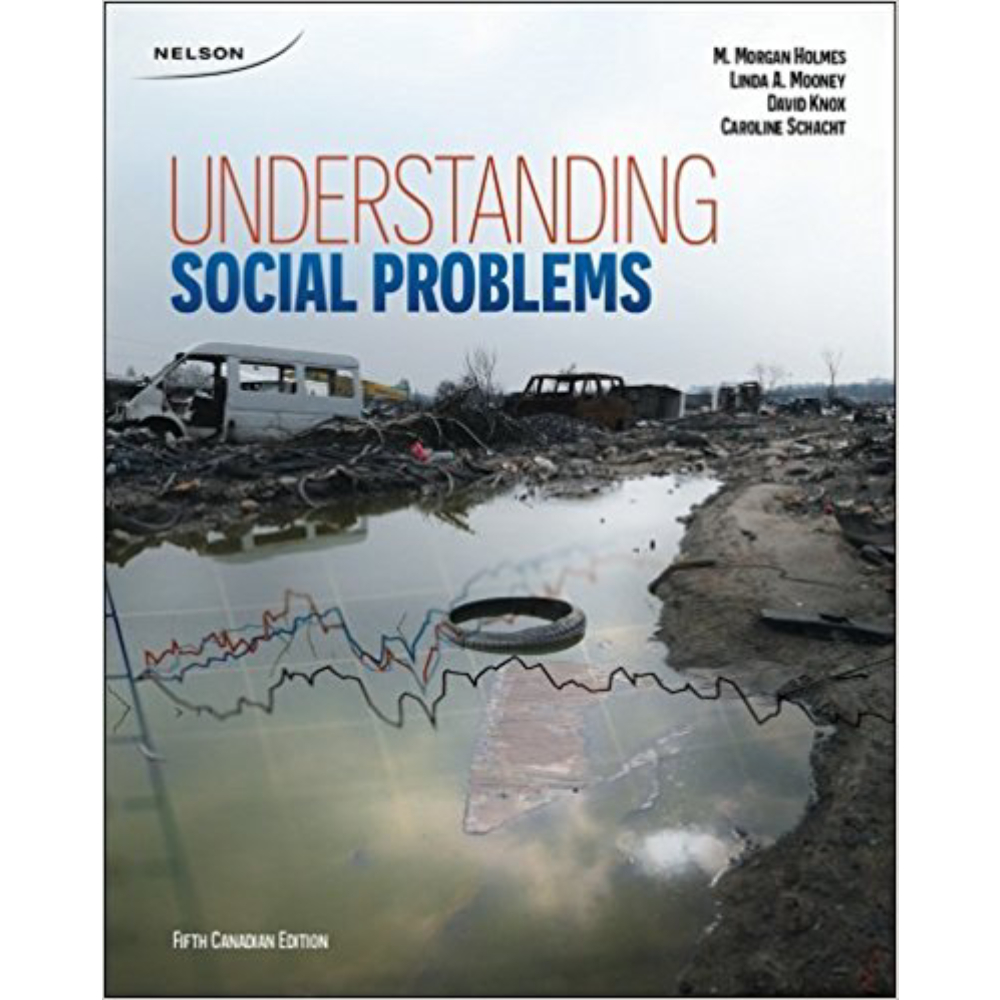Understanding Social Problems 5th Edition By M. Morgan – Test Bank
$55.00
Understanding Social Problems 5th Edition By M. Morgan – Test Bank
You will receive this product within 24 hours after placing the order
Overview
1. Which of the following economic systems employs most of the world’s labourers?
a. socialism
b. capitalism
c. globalization
d. corporations
ANSWER: b
2. What is the global economy?
a. the total amount of goods and services produced by different countries
b. an international network of economic activity
c. a system of international banking practices
d. a service economy based largely on agricultural production
ANSWER: b
3. Which of the following is characteristic of capitalism?
a. economic motivation through profit
b. governmental control of the economy
c. government and big business cooperation
d. the development of unions
ANSWER: a
4. Which of the following situations would be called “pure capitalism”?
a. when market forces can operate without interference from the government
b. when goods and services are equitably distributed according to the needs of the citizens
c. when private citizens own the means of production and pursue profits but do so within a vast system of laws designed to protect the welfare of the population
d. when there are no international laws governing commerce
ANSWER: a
5. What does socialism emphasize?
a. private rather than public ownership
b. public rather than private ownership
c. a free-market economy
d. a global economy
ANSWER: b
6. Some theorists have suggested that capitalistic countries will adopt elements of socialism, and socialist countries will adopt elements of capitalism. What is this idea called?
a. the integration hypothesis
b. the reconciliation hypothesis
c. the parallel hypothesis
d. the convergence hypothesis
ANSWER: d
7. When was the “industrial revolution,” when the factory system was introduced in England?
a. the late 1600s and early 1700s
b. the mid-1700s and early 1800s
c. the mid-1800s and early 1900s
d. the early twenty-first century
ANSWER: b
8. Which work sector are most service-related jobs found in?
a. the primary sector
b. the secondary sector
c. the tertiary sector
d. the automated sector
ANSWER: c
9. Which of the following is a characteristic of post-industrialization?
a. a highly educated workforce
b. an economy dominated by manufacturing jobs
c. a lower standard of living
d. a pyramid-shaped class structure
ANSWER: a
10. In which sector are you more likely to find an abundance of service-oriented jobs?
a. the primary sector
b. the secondary sector
c. the tertiary sector
d. the para-professional sector
ANSWER: c
11. Which work sector involves the production of raw materials and food goods?
a. the primary sector
b. the secondary sector
c. the tertiary sector
d. the para-professional sector
ANSWER: a












Reviews
There are no reviews yet.